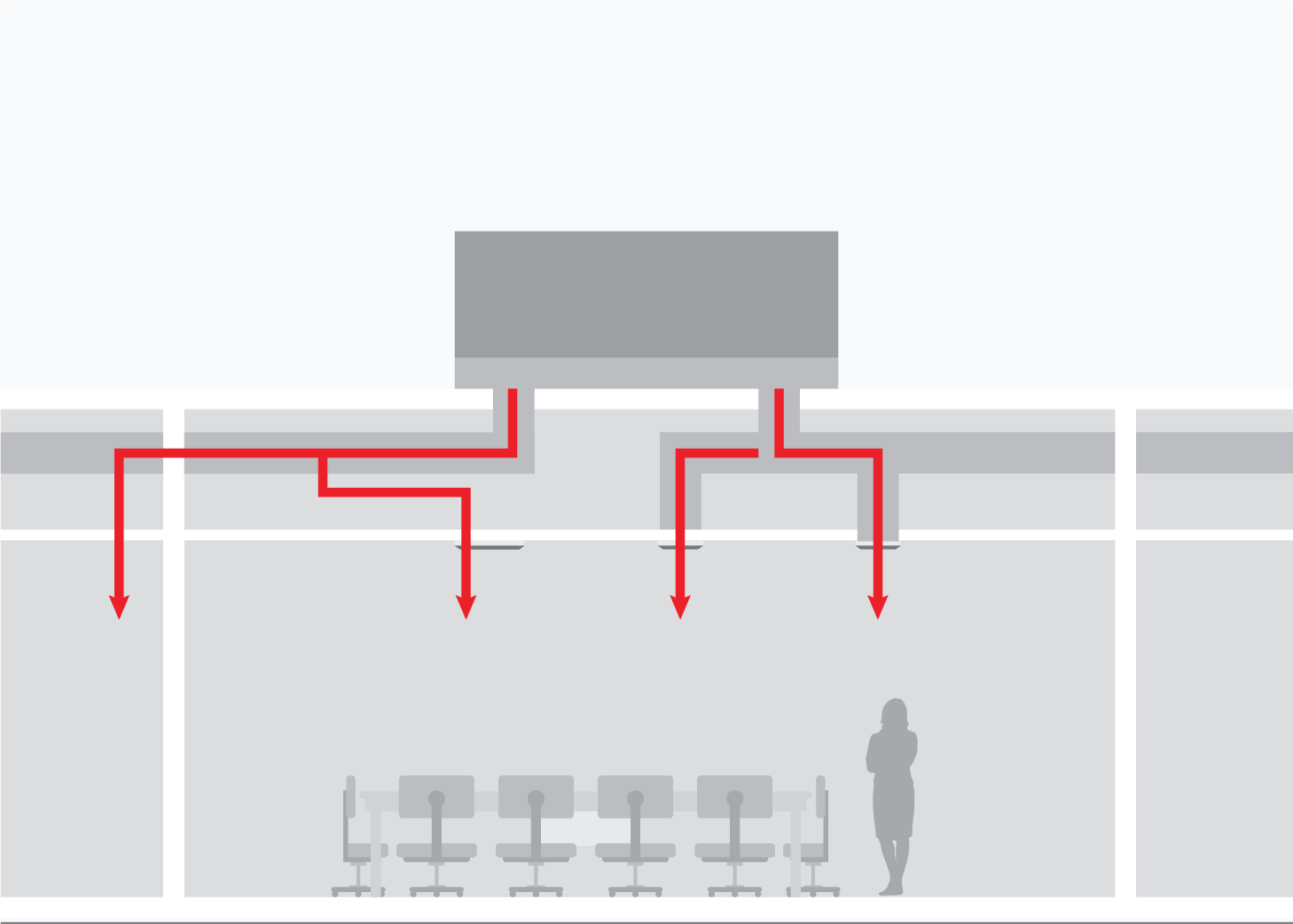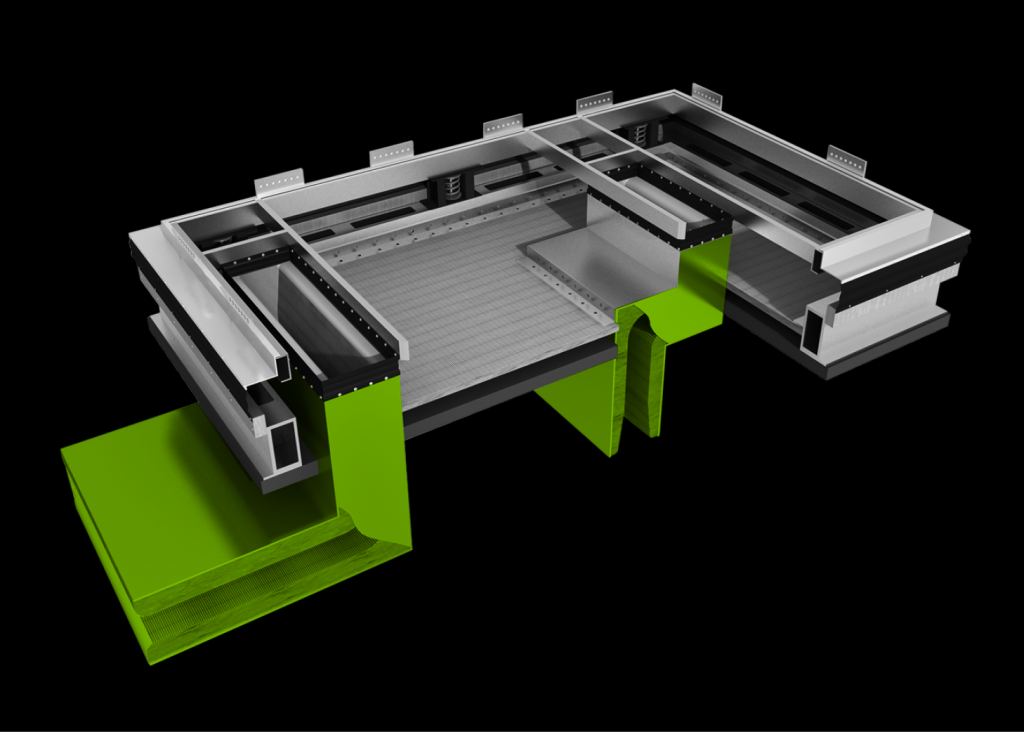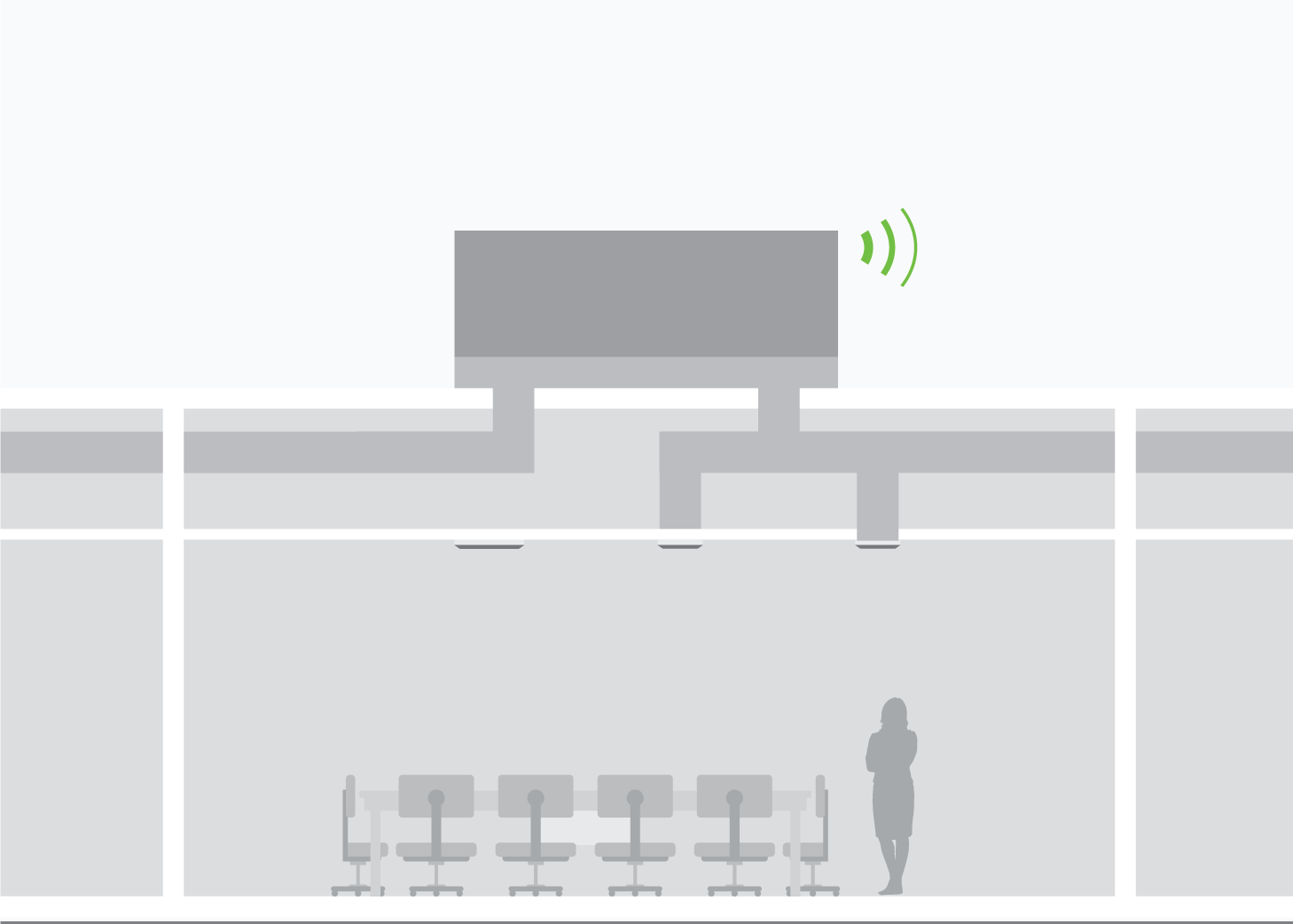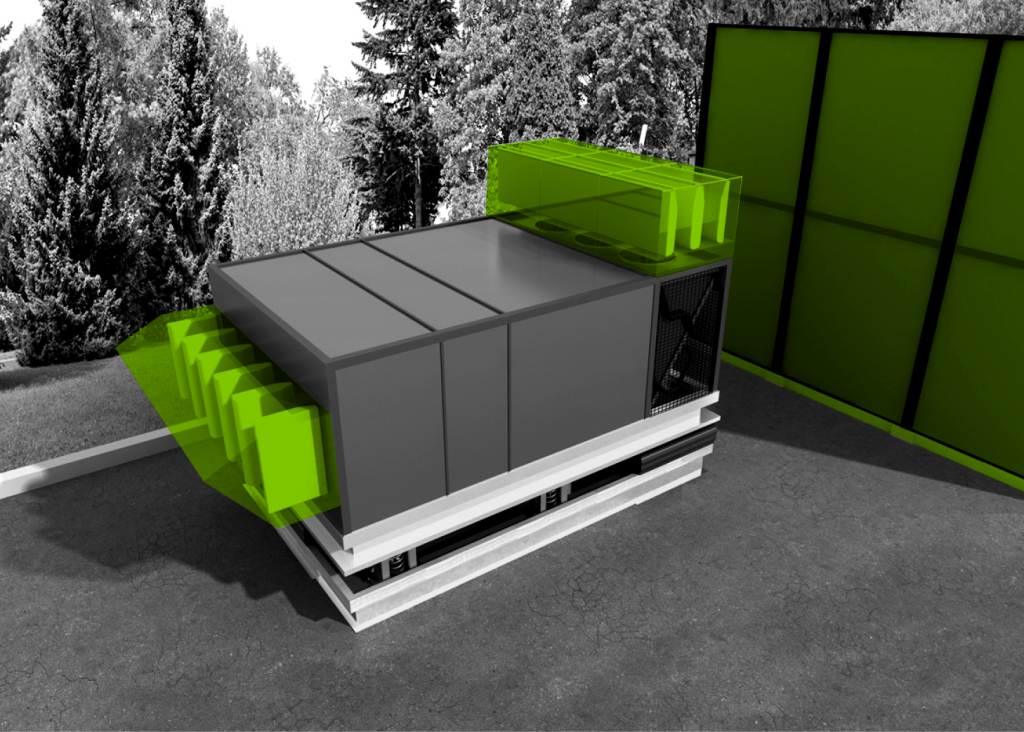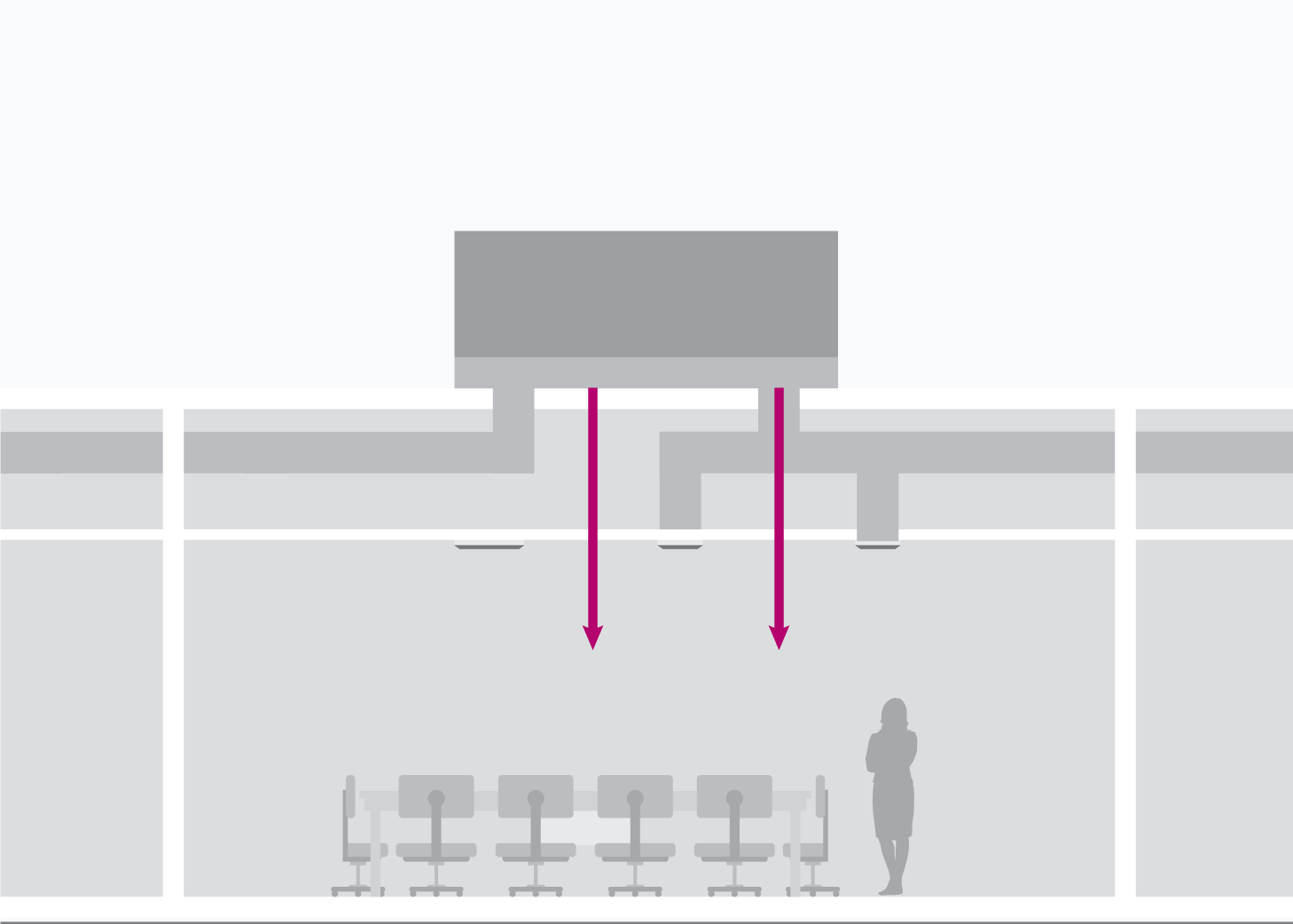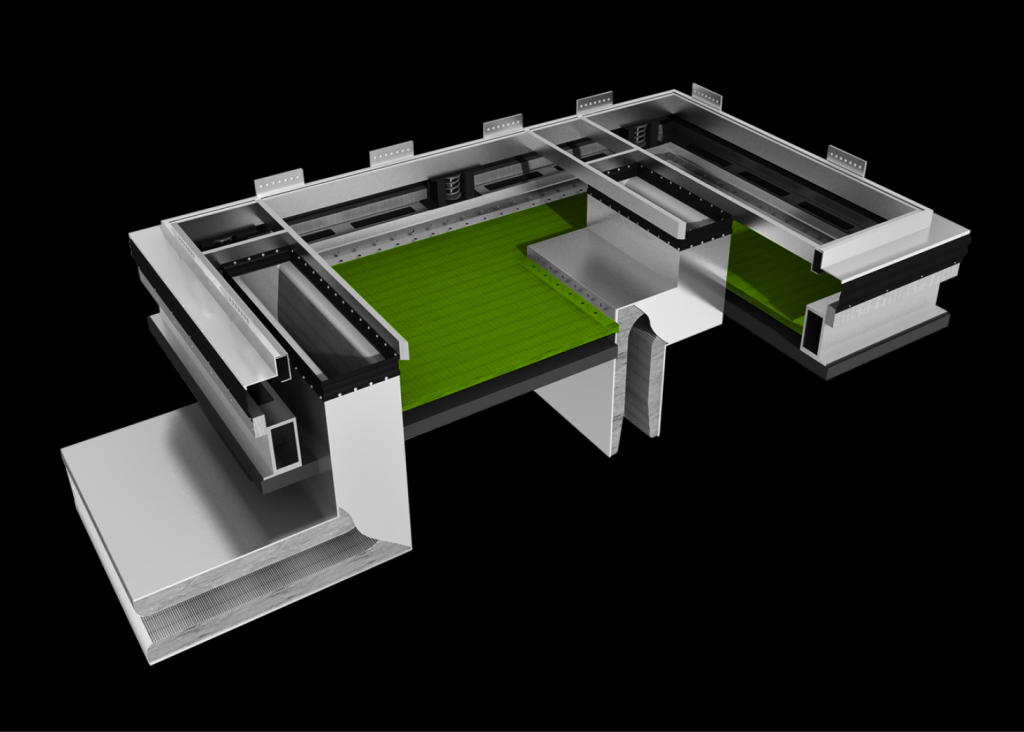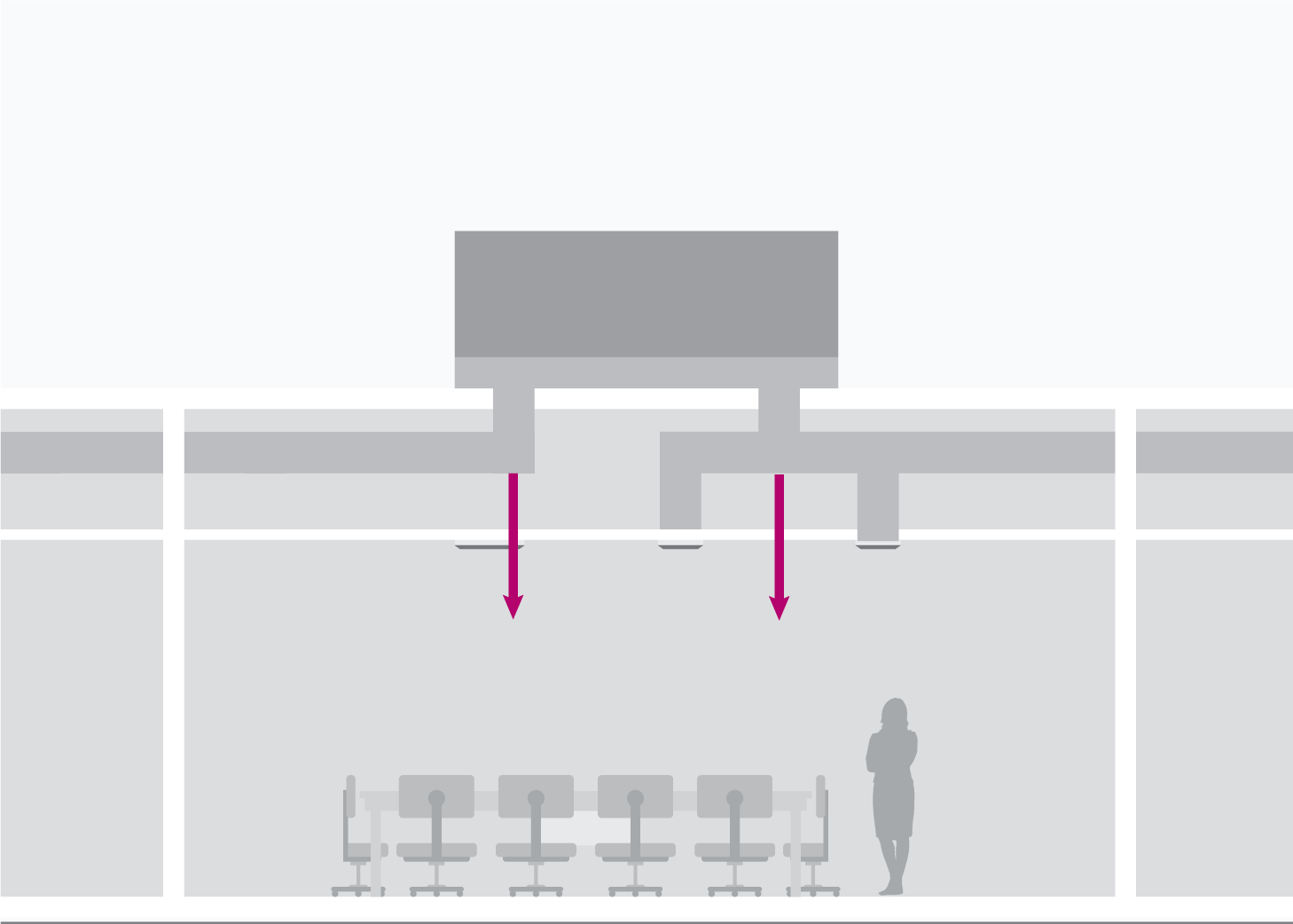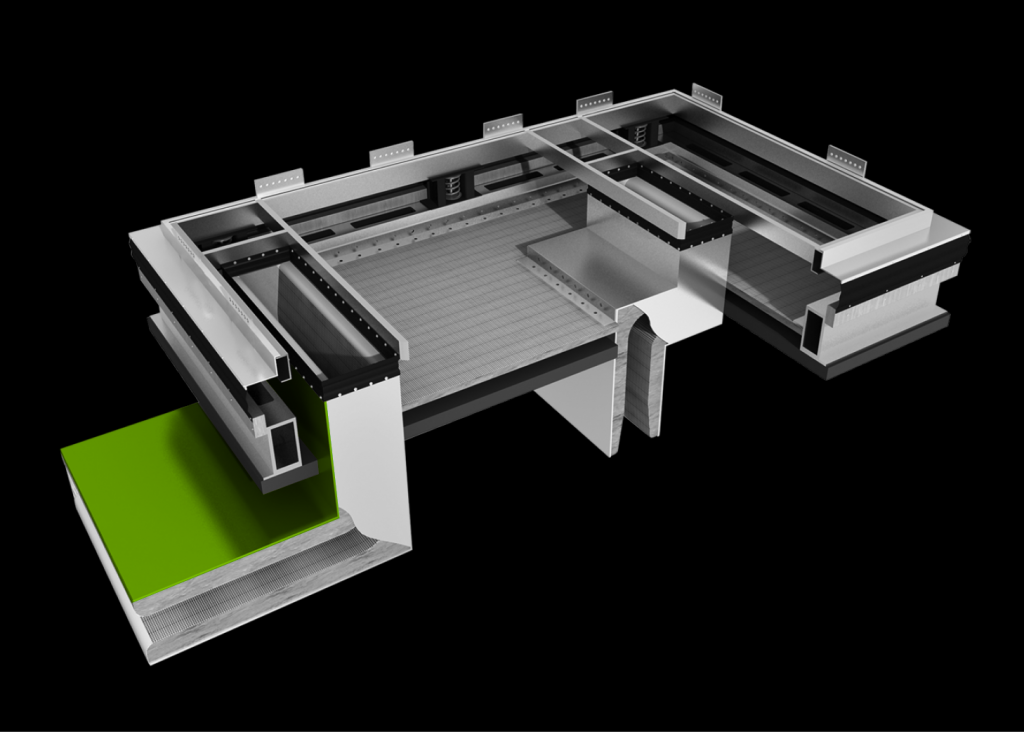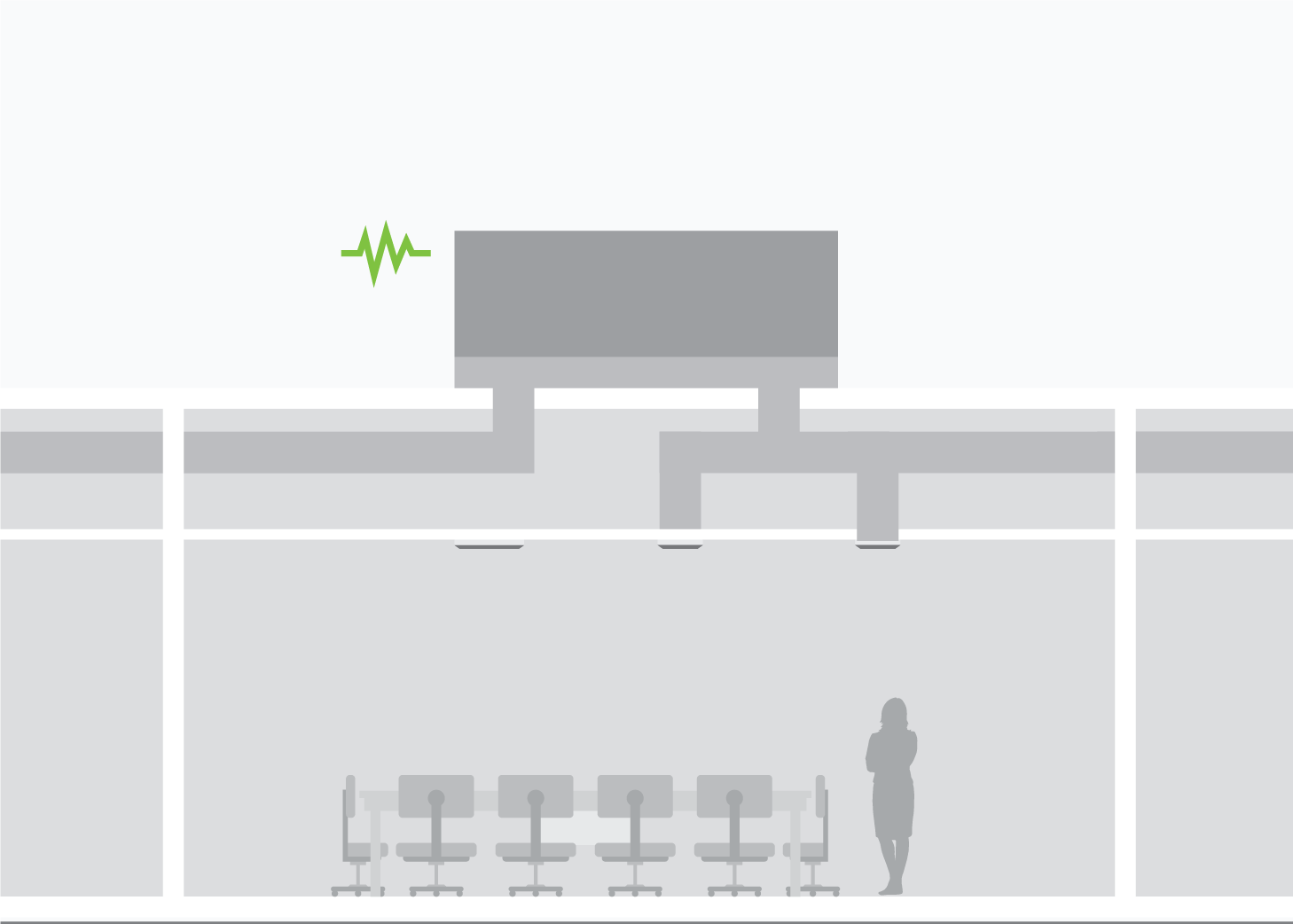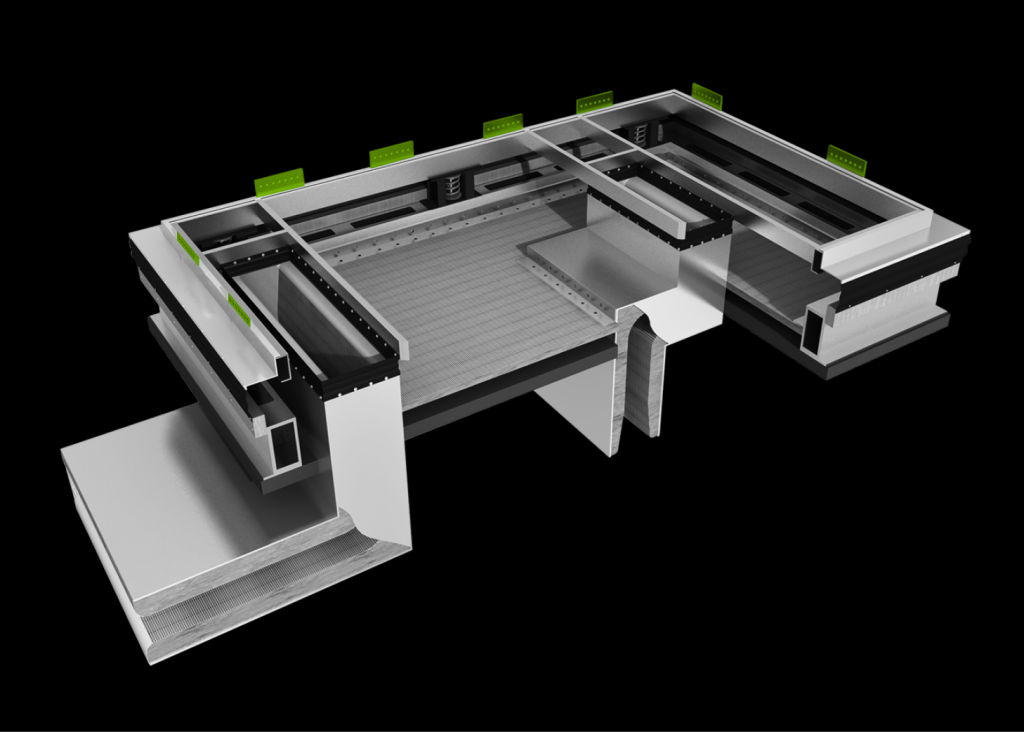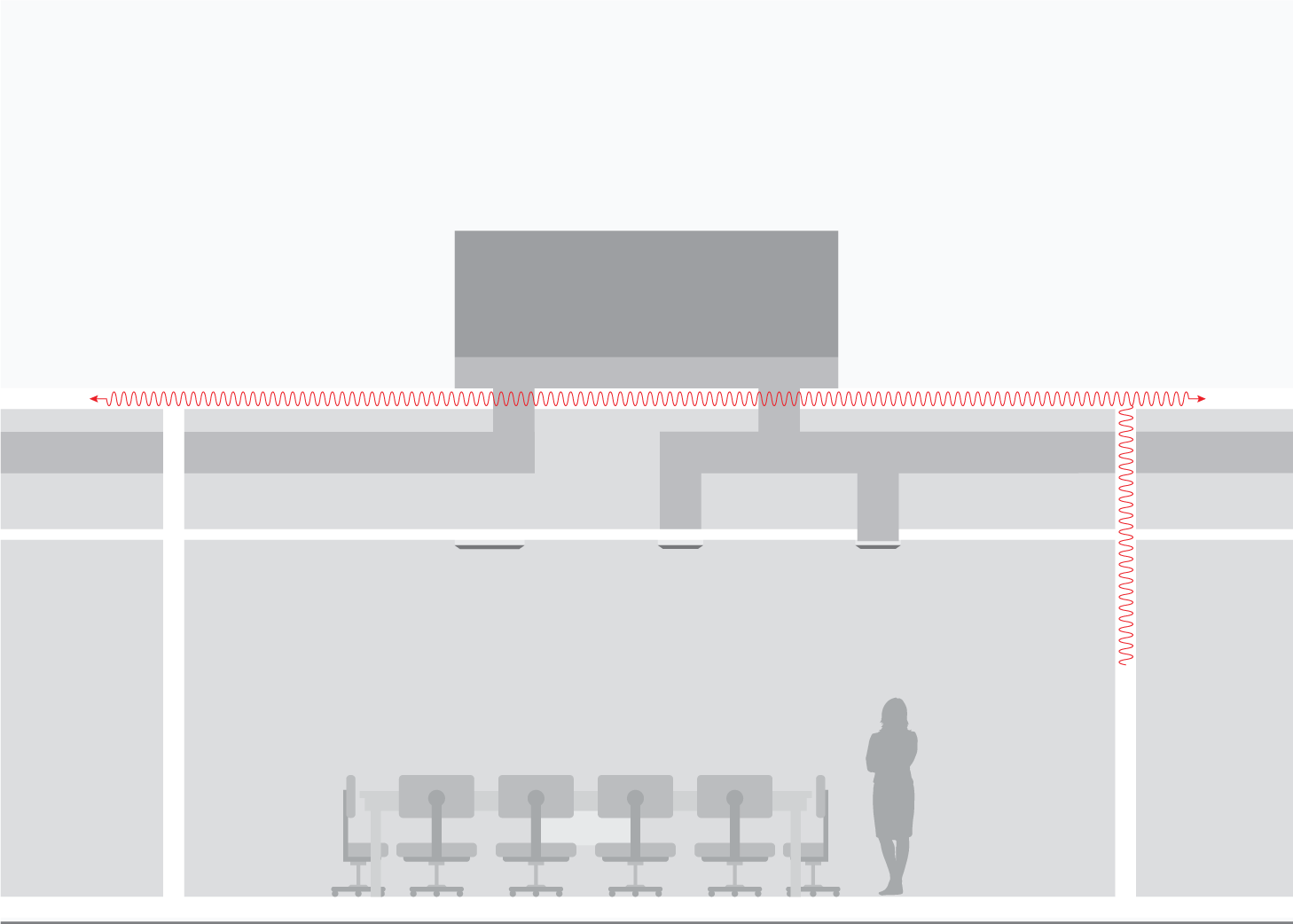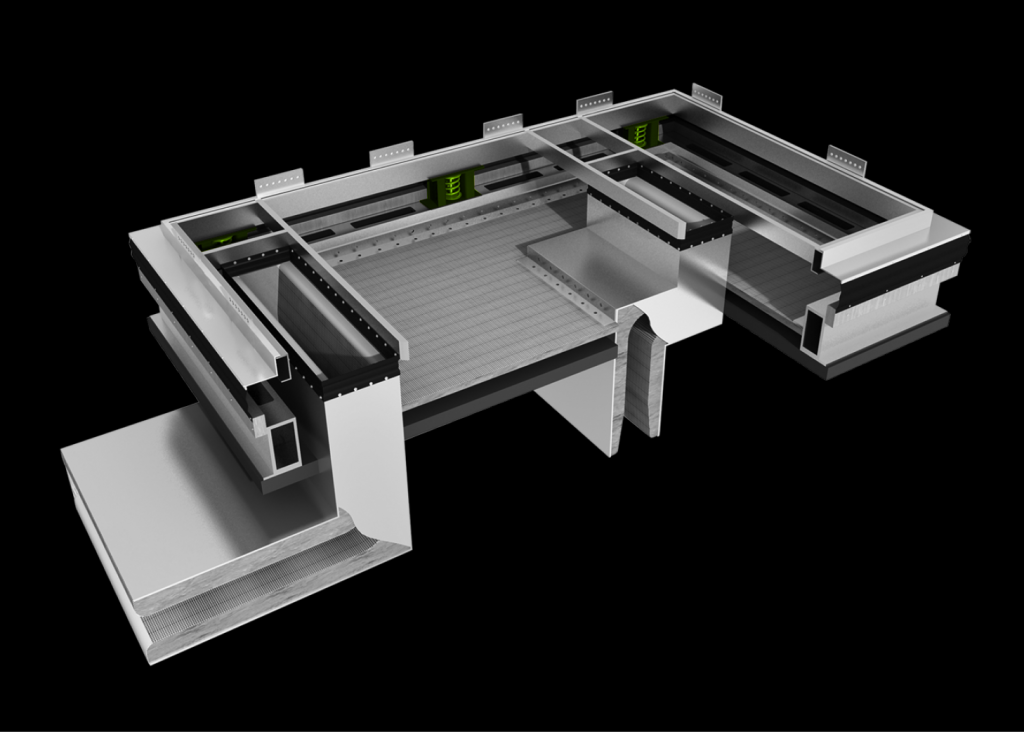Roof top units are used to service small to medium-sized areas. They are available as relatively inexpensive, off the shelf, ready to use machines which can be installed and commissioned with ease. With real estate at a premium, designers are increasingly placing these units close to occupied spaces. They can be frequently placed above occupied spaces to save ceiling space. With multiple noise paths between the Roof top unit and the receiver, noise attenuation from these units becomes a challenge.
Ductborne Noise

Problem
The first thing that mechanical engineers consider is Duct-Borne noise. A common practice for engineers is to pick catalogue models. The catalogue models do not take the inlet and outlet conditions and system effects into consideration. The result is a silencer which has a higher installed pressure drop than what is indicated on the submittal sheets. Higher pressure drop means the fan has to work harder to push air through to the occupied space. The fan uses more energy than what was initially intended.

Solution
Vibro-acoustics’ engineers always consider the system effects when designing a silencer. So along with the ideal pressure drop, the pressure drop with system effects is also taken into consideration and spelled out on the submittals. An optimized selection means that the silencer performs exactly as required while the installed pressure drop is kept to a minimum. The result is a system which performs exactly as expected, with no extra energy consumption due to unforeseen higher pressure drop.
Environmental Noise
Radiated Noise

Problem
Noise from the compressors, condenser fans and even the supply and return fans can radiate through the casing and seep into the building. Buildings that do not have concrete roofs can experience higher noise levels because of the radiated noise. The problem is compounded if the roof top unit is placed directly on top of occupied spaces.

